Elbow dysplasia in dogs can leave your dog limping and struggling to move effortlessly. It affects the elbows, causing discomfort and limiting mobility, especially in large, lovable breeds.
If your pup shows signs of lameness or struggles with their front legs, it's time to take notice! Don't wait for things to get worse. Early intervention can help keep your furry buddy happy, healthy, and on the go.
What Is Elbow Dysplasia in Dogs?

Canine elbow dysplasia is a genetic condition involving the improper alignment or abnormal growth of the bones in the joint. Dogs' elbow joints are a complex structure made up of three bones: the humerus, radius, and ulna. These three must work together for smooth movement.
Senior pups and large-breed dogs commonly experience elbow dysplasia. However, young dogs and small breeds aren't immune either.
Degenerative joint disease is a common outcome for pups with untreated elbow dysplasia. This complication can cause long-term joint damage and mobility issues. You can save your pup from lifelong aches and pains by learning to spot the signs and taking early action.
Understanding the Condition
Elbow dysplasia occurs when the bones in the elbow joint don't develop properly. This abnormal development causes uneven surfaces and friction, which can damage the joint over time. For example, an issue with a part of the elbow joint called the medial humeral condyle can cause severe discomfort.
Affected dogs experience pain, limb lameness, and difficulty moving. For many pets, this means chronic aches and pains. But don't fret! With the right treatment, they can still live active, happy lives.
Breeds Prone to Elbow Dysplasia
Large breeds and rapidly growing dogs, in particular, face higher risks of elbow dysplasia. These canines include:
- Bernese Mountain Dogs. Known for their large size, they are more prone to joint issues.
- Golden Retrievers. These dogs can face elbow joint problems due to their size and growth rate.
- Labrador Retriever. These active pups are more susceptible to elbow dysplasia as they grow.
- Rottweilers. Their larger body size puts stress on their joints, increasing the risk of dysplasia.
Causes of Elbow Dysplasia in Dogs
Elbow dysplasia in dogs is a complex joint condition with several contributing factors. Here's a breakdown of the main causes:
- Genetic Factors. Elbow dysplasia is often inherited, especially in large breeds.
- Rapid Growth. Dogs that grow too quickly, especially in their early months, are at higher risk.
- Joint Stresses. Excessive strain on the joint from weight or activity can increase the risk of dysplasia.
Genetic Factors
Genetics is a leading cause of elbow dysplasia in dogs. This is especially true for larger breeds. If a dog's parents have elbow dysplasia, their pups are likelier to have the same condition.
This genetic tendency can cause growth abnormalities in the elbow joint, leading to discomfort and mobility issues. While you can't change your pet's genetics, early detection and proper care can help manage their condition before it worsens.
Environmental and Nutritional Contributors
A dog's environment and nutrition can also influence their risk of developing canine elbow dysplasia. Rapid weight gain, poor diet, and lack of exercise can put extra strain on their elbows.
Dogs that grow too quickly or have an unbalanced diet may experience abnormal bone growth, leading to joint incongruity. Your pup can avoid the risk of this joint condition with proper diet, exercise, and weight control.
Signs and Symptoms of Elbow Dysplasia in Dogs
Elbow dysplasia in dogs can be tricky to spot at first. If your furry buddy is experiencing any of the following, it might be time to consult with a veterinarian:
- Limping. Dogs with this condition may show lameness or shift weight only to one leg, especially after exercise.
- Stiffness. Front limb lameness or stiffness after rest can mean joint issues.
- Swelling. Swelling around the elbow joint is a common symptom.
Recognizing Early Warning Signs
Look out for subtle changes in your dog's behavior, such as a slight limp or difficulty jumping. They may also hesitate to run or play like they used to. If you notice these early signs, a trip to the vet can help get your pup on the path to treatment and comfort.
Behavioral Changes To Watch For
If your dog starts acting sluggish or avoids certain activities, like climbing stairs or jumping, it could be a sign of joint pain. You might also notice them becoming more irritable when touched near the elbow or limping after exercise. These behavioral changes can mean that something isn't quite right.
Diagnosing Elbow Dysplasia in Dogs
Diagnosing canine elbow dysplasia typically starts with a physical exam. During this step, the vet will check for clinical signs of discomfort around the elbow joint.
Imaging techniques, like X-rays or a CT scan, help confirm the diagnosis and reveal the extent of joint damage. With an early and accurate diagnosis, you and your vet can choose the best course of treatment for your pup's long-term comfort.
Physical Exams and Imaging Techniques
Your vet will gently palpate your dog's joint. They'll check for issues like swelling, tenderness, or abnormal movement.
If signs point to elbow dysplasia, your vet may order an X-ray or a CT scan to get a clear picture of the joint's condition. These scans can detect issues like abnormal growth, fragmented coronoid processes, or incongruity. Then, your veterinarian can present the best treatments available.
Treatment Options for Elbow Dysplasia in Dogs
There are several treatment options for dogs' elbow dysplasia. These solutions range from non-surgical methods to more advanced surgical treatments. The goal is to ease discomfort, improve mobility, and prevent further joint damage.
Treatment plans should match your pup's condition, age, and symptoms. Most dogs respond well to treatment, managing their condition and maintaining a good quality of life.
Non-Surgical Interventions
Non-surgical techniques are often the first line of defense against elbow dysplasia. Options include weight management, joint supplements, and physical therapy.
Keeping your dog at a healthy weight can reduce stress on their joints. Meanwhile, joint supplements can support cartilage growth and help maintain overall cartilage health.
In some cases, vets recommend anti-inflammatory medications or injectable medications to help reduce pain and inflammation. These non-invasive options can bring relief and improve your pet's mobility without the need to undergo surgery.
Surgical Solutions for Severe Cases
For dogs with severe cases of elbow dysplasia, surgery may be the best option. Treatments like arthroscopic surgery or ulnar osteotomy can help correct joint issues. In some cases, veterinary surgeons may need to remove the fragmented coronoid process or stabilize the joint.
Surgery is often necessary for pets that don't respond to non-surgical methods or those facing advanced arthritis. These procedures can improve mobility and help your canine companion live more comfortably.
Preventing Elbow Dysplasia in Dogs

While you can't always prevent canine elbow dysplasia, there are steps you can take to reduce the risk. Proper care during a dog's early growth stages can help prevent abnormal bone development. Nutrition, weight control, and careful exercise help promote joint health. With a proactive stance, you can give your pup the best chance for healthy, pain-free, and active years ahead.
Nutrition and Weight Management
A well-balanced diet with the right nutrients supports healthy bone and joint development in our canine friends. Keeping your dog at a healthy weight can help reduce joint stress. Avoid overfeeding and make sure they get the right balance of proteins, vitamins, and minerals. Regular vet checkups can also help track your pup's weight and overall health.
Exercise and Joint Health Tips
Regular, moderate exercise strengthens muscles and supports joint stability, but it's important not to overdo it. Here are some tips to keep in mind:
- Low-Impact Activities. Swimming or controlled leash walks help reduce joint strain while keeping your dog active.
- Joint Supplements. Consider mobility aids like those offered by HolistaPet. Our CBD and non-CBD mobility solutions use high-quality, all-natural ingredients to promote joint function. We got everything from soothing soft chews to crunchy treats, oils, and capsules. Take your pick!
- Monitor Weight. Maintaining an ideal weight is crucial to prevent extra strain on your pet's elbows.
Frequently Asked Questions About Elbow Dysplasia
Knowing what to expect and how to support your dog if they're going through this joint condition is important. Here are answers to some common questions pet parents have about this health problem.
Can Elbow Dysplasia Be Cured?
There is no cure for elbow dysplasia, but there are ways to effectively manage your pup's symptoms. Solutions like surgery, physical therapy, and joint supplements can significantly improve your dog's quality of life. While your dog may not be free of the condition, they can still lead an active and comfortable lifestyle with the right care.
How Can I Help My Dog Live Comfortably?
It all starts with providing proper treatment and managing your dog's weight. Low-impact exercise and a healthy diet will keep your pup active and reduce joint strain. You can also try supplements, like those from HolistaPet, which help support joint health. Don't forget regular vet checkups to monitor your furry friend's condition and adjust treatment as needed.
Final Thoughts on Managing Elbow Dysplasia in Dogs
Early detection, right treatment, and lifestyle adjustments—this is the winning combo to help your pup manage elbow dysplasia. While this condition can't be fully cured, you can help your dog live comfortably by addressing their pain and supporting their joint health.
Joint aids, like HolistaPet's mobility supplements, offer valuable support in maintaining joint function and reducing discomfort. With proper care and attention, your canine companion can enjoy an active life despite their elbow woes!







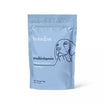
![Probiotics For Dogs [Soft Chews] - HolistaPet](http://www.holistapet.com/cdn/shop/files/Probiotic-Infographic-1_472d7a29-e30c-435a-9638-1365d8c3a9f9.jpg?v=1725384841&width=104)




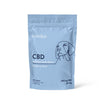
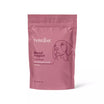



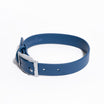
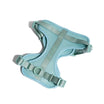
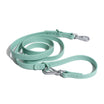




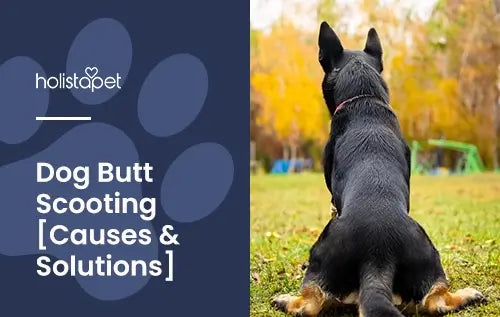
![How to Stop a Dog from Digging [Effective Solutions]](http://www.holistapet.com/cdn/shop/articles/How_to_stop_a_dog_from_digging_1_41967ad3-5965-4abe-be9a-9fb0ce6ef93c.webp?v=1738721458&width=500)
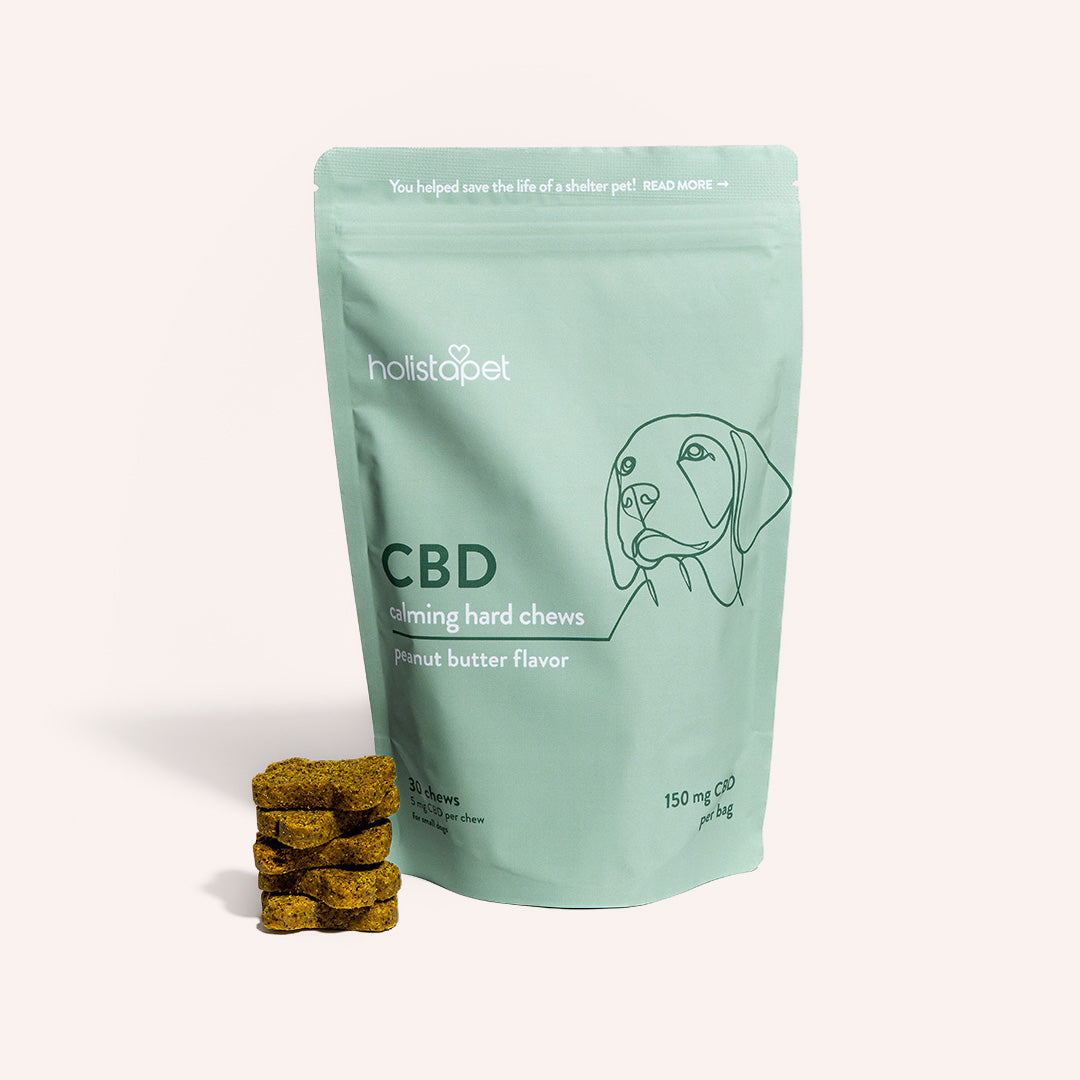
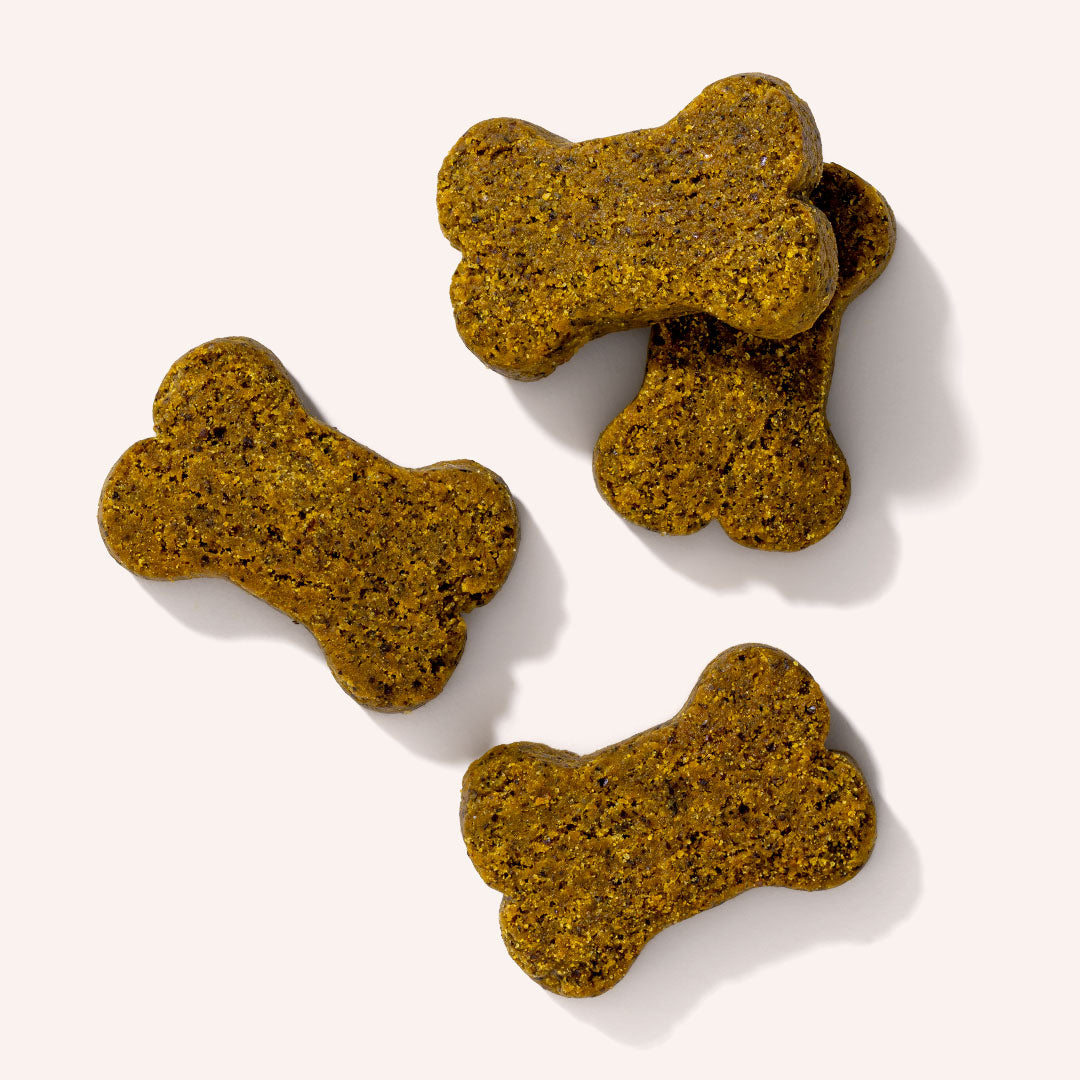

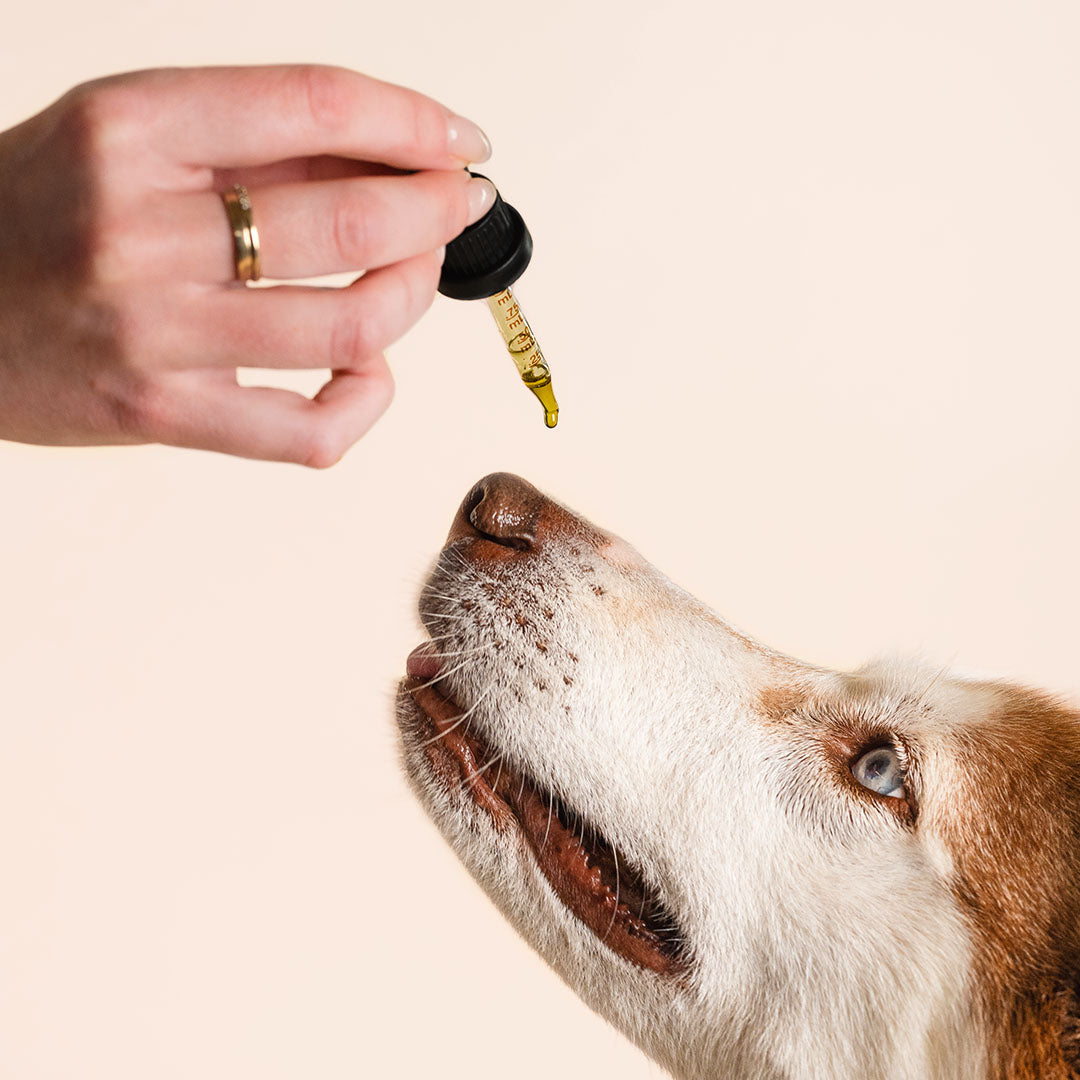


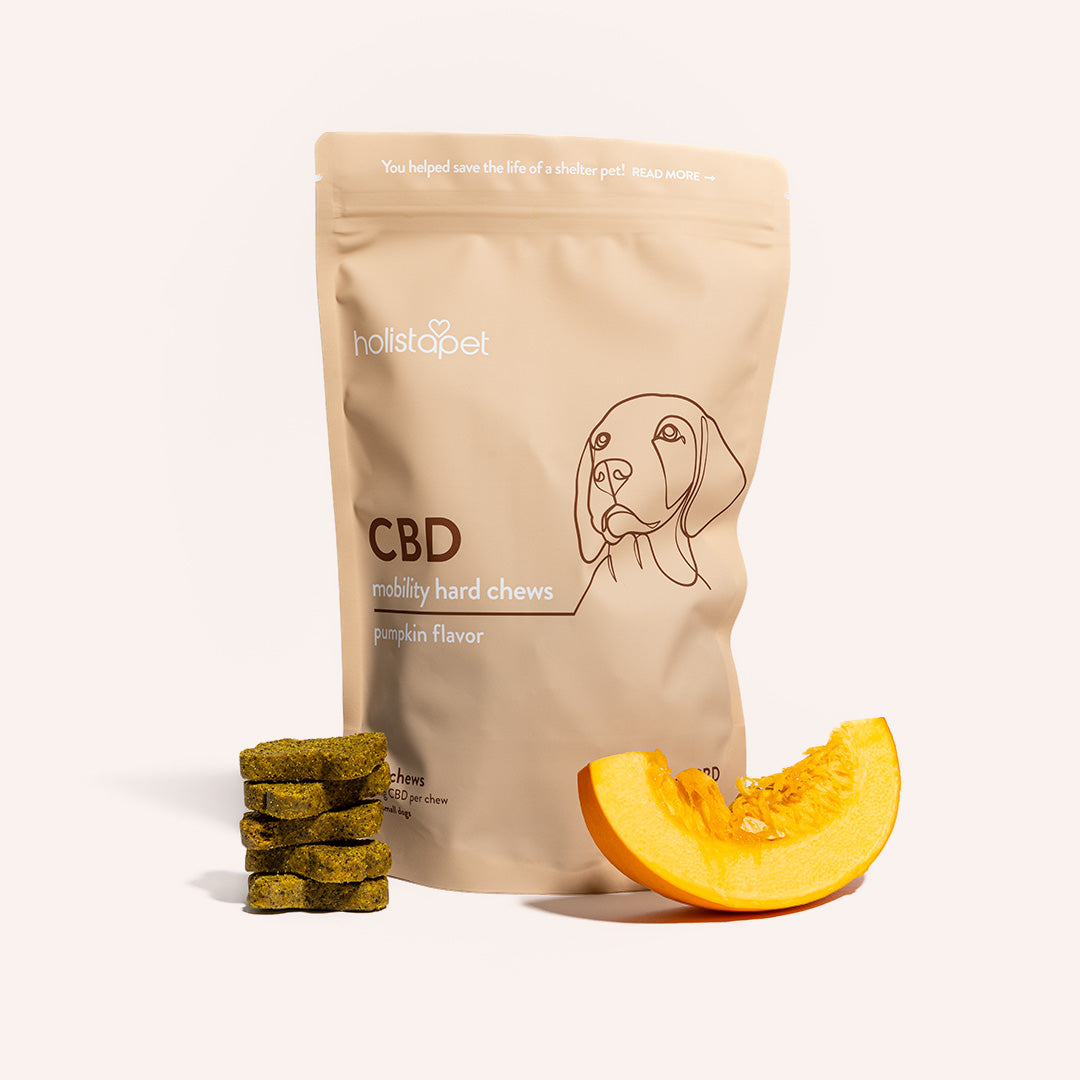
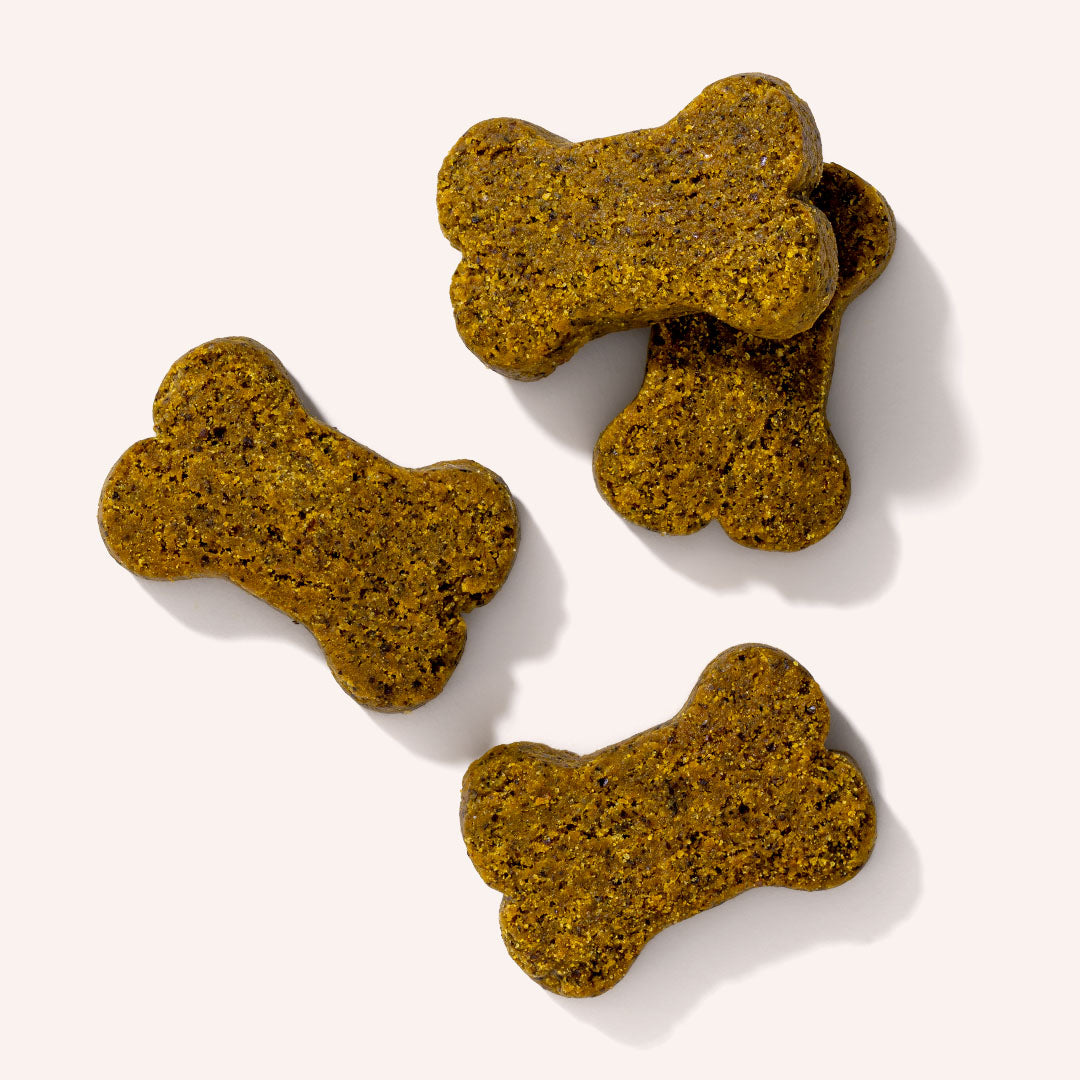
Leave a comment
All comments are moderated before being published.
This site is protected by hCaptcha and the hCaptcha Privacy Policy and Terms of Service apply.